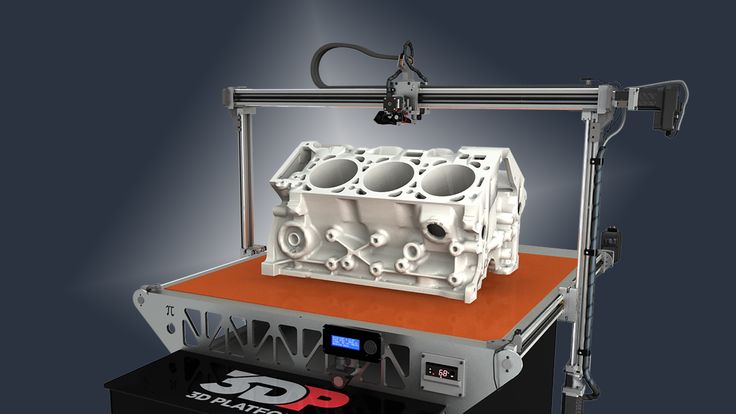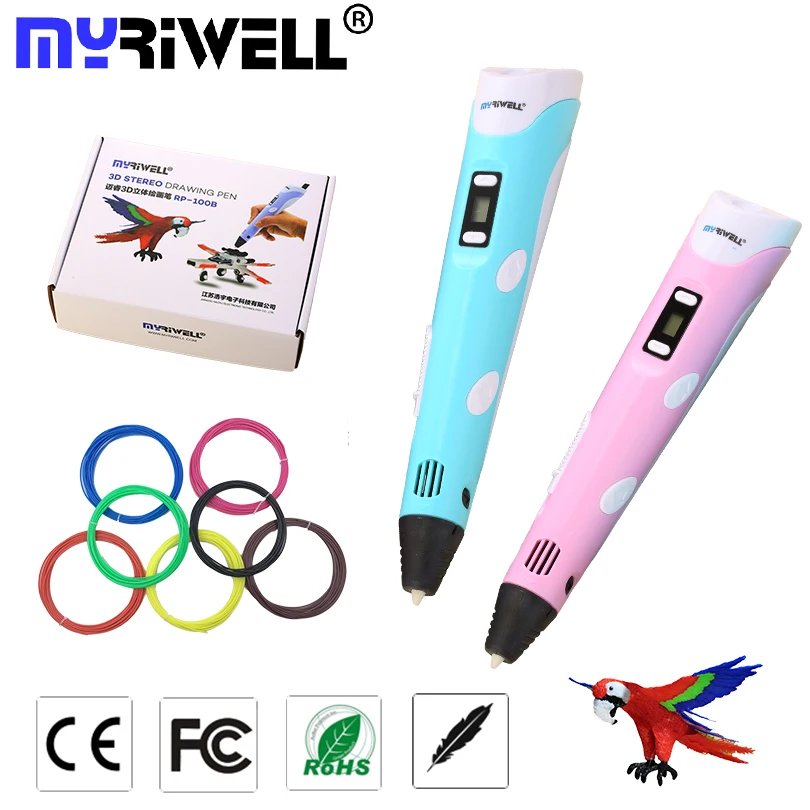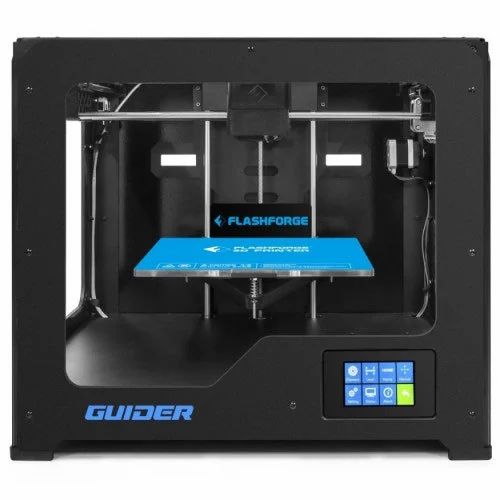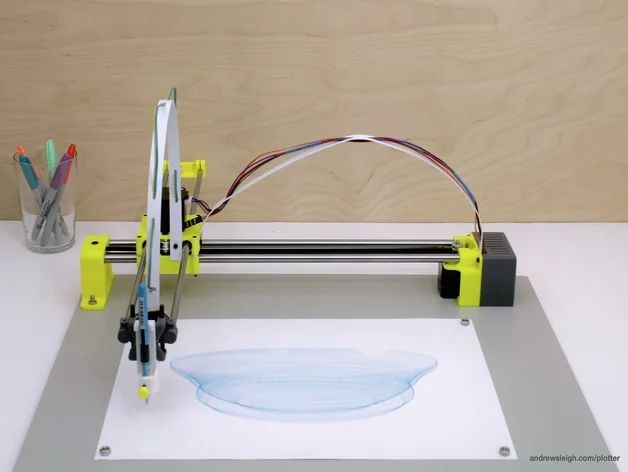3D drug printer
3D printing of drugs can revolutionise personalised medicine
February 4, 2021
3D printers can be installed in pharmacies, hospitals, clinics, and remote locations, enabling on-demand production of drugs. Credit: Adul10 / Shutterstock.As the pharmaceutical industry moves away from mass production towards a more personalised model, 3D printing of drugs have the potential to revolutionise the market. The main benefit of using 3D printing technology for personalised pharmaceuticals is the ability to produce small batches with carefully tailored dosages, shapes, sizes, and release characteristics. It also allows flavours to be incorporated into a pill without the need of a film coating, entirely masking the taste of chemical compounds. 3D printers can be installed in pharmacies, hospitals, clinics, and remote locations, enabling on-demand production of drugs, particularly those with poor stability or that have cold chain storage requirements. For pharmaceutical companies, 3D printing can significantly reduce costs, waste, and environmental burden as printers only deposit the exact amount of raw materials required.
Aprecia Pharmaceuticals’ Spritam (levetiracetam), an anti-epileptic drug, is the first and only 3D-printed pharmaceutical. It received the Food and Drug Administration (FDA) approval in 2015 and is made using Aprecia’s proprietary ZipDose technology. The orodispersible tablet achieves full disintegration within seconds when in contact with liquid. Additionally, very high doses are achievable (up to 1,000mg), which are not typically possible through conventional methods. ZipDose technology uses a drop-on-solid printing technique where droplets of a liquid binding agent are deposited by a print nozzle onto a free pharmaceutical powder bed, unifying the free-form powder where it lands. The bed is then lowered to allow for another layer of free-form powder to be added. Further droplets are introduced, adding height to the nascent pill, while the surrounding, unbound powder particles act as a support structure to prevent the collapse of the highly porous pill structure.
In April 2020, UK-based FabRx launched the first commercially available 3D printer for personalised drug manufacturing. M3DIMAKER is an extrusion-based printer that allows the print nozzle to be changed to accommodate different dosage requirements. Alongside the established extrusion-based fusion deposition modelling printing, whereby the printer melts the pharmaceutical mixture and excipients through a nozzle onto the build plate, the M3DIMAKER also uses a different extrusion-based method developed by FabRx: direct powder extrusion (DPE). Similar to Aprecia’s ZipDose technology, DPE deposits a powdered pharmaceutical agent onto a print bed through a nozzle aided by a single extruder. Both methods enable the manufacture of multiple-drug combination pills and sustained or delayed-release tablets.
To date, large biopharmaceutical companies have shown minimal activity in this area. In February 2020, Merck KGaA announced a collaboration with AMCM for the development and production of 3D printed pharmaceuticals for clinical trials and, later, for clinical manufacturing.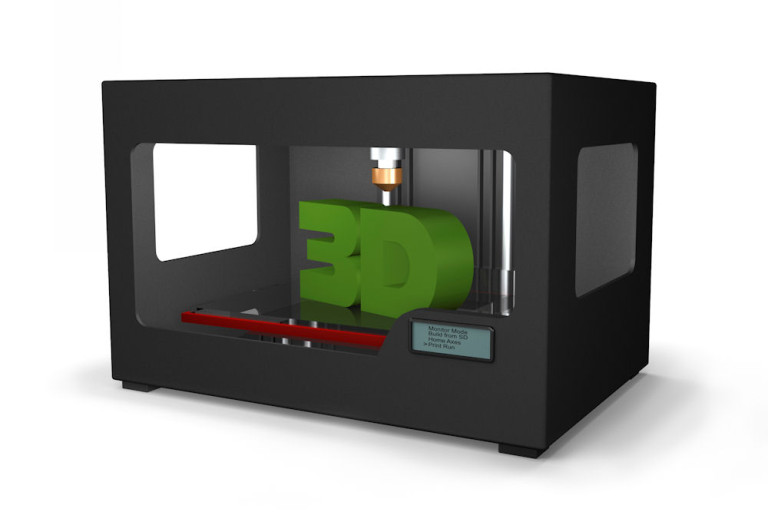 The stated goal of the partnership is to develop drugs using powder bed fusion, whereby a laser melts and fuses powder together layer by layer. Merck and AMCM expect this to make the manufacturing of tablets both faster and cheaper due to the avoidance of reformulations. GlaxoSmithKline has also shown interest in 3D printing of drugs, partnering with The University of Nottingham on a study that used nozzle printing and ultraviolet curing to produce 3D printed ropinirole tablets to treat Parkinson’s disease.
The stated goal of the partnership is to develop drugs using powder bed fusion, whereby a laser melts and fuses powder together layer by layer. Merck and AMCM expect this to make the manufacturing of tablets both faster and cheaper due to the avoidance of reformulations. GlaxoSmithKline has also shown interest in 3D printing of drugs, partnering with The University of Nottingham on a study that used nozzle printing and ultraviolet curing to produce 3D printed ropinirole tablets to treat Parkinson’s disease.
The traditional one-size-fits-all model of drug development is inefficient and costly. Pharma companies need to adopt new technologies such as 3D printing to make more personalised treatments, improve R&D efficiencies, reduce costs, and minimise waste. This will not only lead to more streamlined and cost-effective supply chains, it will also improve sustainability, which has been touted as one of the most important trends across industries for 2021 and beyond.
Companies Intelligence
AMCM GmbH
The University of Nottingham
GSK plc
FabRx Ltd
Procter & Gamble Health Ltd
View All
View MoreFive companies personalizing treatments with 3D printed drugs
There has been a noticeable shift in recent years towards the personalization of medicine, with the pharmaceutical industry showing interest in pills that are tailored to a patient’s needs. Here are five companies that are leveraging 3D printing to produce customizable drugs.
Here are five companies that are leveraging 3D printing to produce customizable drugs.
Conventional drug production relies on large-scale batch manufacturing, which is very efficient at churning out large volumes of drugs with uniform characteristics. But this becomes time-consuming and expensive when small batches are needed, such as for clinical trials where the doses need to be adjusted. The process is also associated with an environmental burden resulting from inefficient use of raw materials, expired stock and production of toxic and non-toxic waste.
Additive manufacturing, or 3D printing, is a tool that can allow for small-scale production of medicines. This approach uses 3D modeling software to build an object layer-by-layer; for solid drugs, the 3D printer stacks ink with an excipient — inactive substances in drugs added for specific functions like improved stability and bioavailability — and the active pharmaceutical ingredient to print out a finished product.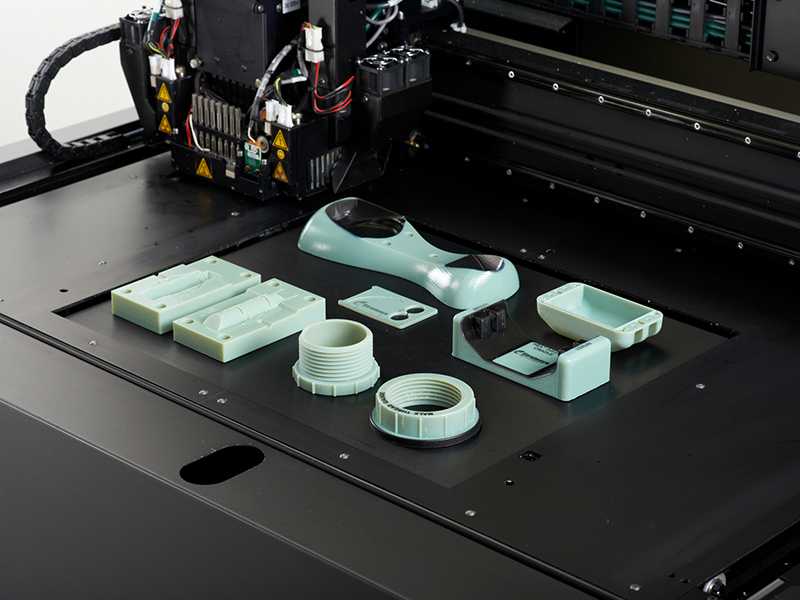 By adjusting the printing parameters, the drug dosages, drug combinations, release profiles and even flavors can be personalized.
By adjusting the printing parameters, the drug dosages, drug combinations, release profiles and even flavors can be personalized.
There are many challenges that have limited widespread implementation of 3D printing technology, such as 3D printers not meeting good manufacturing practice standards and a limited range of excipients suitable for 3D printing. Nevertheless, 3D printing has the potential to revolutionize the pharmaceutical industry, and several companies are making strides in the space.
Aprecia PharmaceuticalsHeadquarters: Pennsylvania, U.S.
Aprecia Pharmaceuticals is behind the first and only U.S. Food and Drug Administration (FDA)-validated 3D printing platform for commercial-scale drug development. Their aim is to make medicines easier to take and reduce the number of pills a patient needs. Using this platform, Aprecia developed ZipDose Technology, which allows tablets to hold a high dosage load of up to 1,000 mg and still rapidly dissolve with just a sip of water.
Content continues below
Related Content
ZipDose is used in the production of Spritam (levetiracetam), a fast dissolving oral medicine for the treatment of specific types of epileptic seizures. It is targeted for patients who struggle to swallow pills or are unable to measure out the precise dosage of liquid levetiracetam. In 2015, Spritam became the first and only 3D printed drug to be approved by the FDA.
FabRxHeadquarters: London, U.K.
Founded in 2014 as a spin-out of University College London, FabRx aims to revolutionize medical treatments by facilitating the production of personalized medicines, where the size, shape, dosage and dosage combinations can be customized. In 2020, the company released M3DIMAKER, the first pharmaceutical 3D printer for personalized medicine, allowing clinicians and other professionals to “print” tailored medicines on demand.
Using their 3D printing technology, FabRx has also created a range of personalized Printlets — medicines with customized shapes, flavors, colors, dosages and release profiles, such as tablets with Braille and moon patterns for patients with visual impairments as well as Polypills, which combine several drugs in one pill.
FabRx technology is also being used to print personalized pills for children with a rare metabolic disorder called maple syrup urine disease, which requires treatments to be strictly tailored based on age, weight and blood concentrations of the amino acid isoleucine. Current manual preparation methods are time consuming and costly, so FabRx’s approach could save time and money for caregivers.
MerckHeadquarters: Darmstadt, Germany
Content continues below
Related Content
The biopharma giant Merck is also taking a stab at next-generation tablet manufacturing through 3D printing. In 2020, Merck announced a cooperation with ACMC — sister company of EOS, a worldwide provider of 3D printing solutions — to produce 3D printed tablets for clinical trials at first, before moving towards commercial-scale manufacturing. This partnership aims to advance the industrial applications of 3D printing technology and digitalization.
Triastek, Inc.
Headquarters: Nanjing, China
Triastek is a global leader in pharmaceutical 3D printing, with 41 patents that account for more than 20% of global 3D printing pharmaceuticals applications. Using their proprietary MED 3D printing technology, Triastek develops their own in-house drugs and partners with others to provide drug development solutions.
The MED 3D printing platform allows for the customizable design of tablets, with the different shapes and geometries controlling drug onset time, duration, and drug interactions with the body. This platform was accepted into the FDA’s Emerging Technology Program in 2020, and two of their 3D printed drugs have been granted investigational new drug clearances from the FDA. The first is a chronotherapeutic drug for rheumatoid arthritis, where the drug is taken at bedtime but its release is delayed until the early morning hours, when pain and joint stiffness are at their peak. The second is a one-dose pill alternative to the twice-daily marketed drug for cardiovascular and clotting disorders.
Triastek recently entered into a research collaboration with Eli Lilly and Company to improve the bioavailability of drugs in the intestine by achieving precise organ targeting and programmed drug release.
GlaxoSmithKlineHeadquarters: Brentford, U.K.
GSK was one of the first big pharma companies to show interest in 3D printing as a manufacturing tool, partnering with the University of Nottingham to study the feasibility of 3D inkjet printing and curing with ultraviolet light to produce solid drug forms; in 2017, researchers demonstrated the successful 3D printing of ropinirole tablets for Parkinson’s disease.
3D inkjet printing deposits liquid materials or solid suspensions layer-by-layer but each deposited layer must first be dried, or “cured,” between the deposition steps. GSK is exploring how to convert active pharmaceutical ingredients into curable ink to enable 3D drug printing.
Drugs on a 3d printer - a fairy tale or the future? | BigBro.
 cc
cc
Laborant123
Member
- #1
For several years now, the world community has been talking about the beginning of a technological singularity. One of the synonyms of the new technological revolution has become 3D printers, devices that create three-dimensional objects from the real world, ranging from small details to, possibly in the future, the design of biological materials and parts of the human body. nine0007
Naturally, these technologies have not bypassed the pharmaceutical industry. Imagine your printer, only instead of ink, the active substances that make up drugs.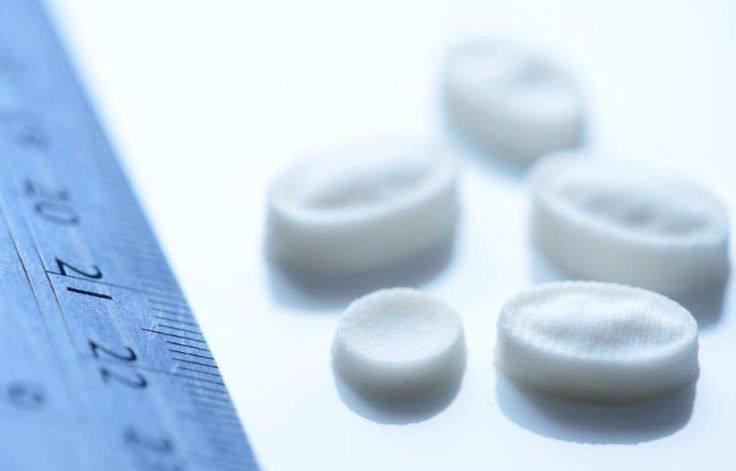 In 2016, the American Food and Pharmaceutical Association officially registered a working model of a 3D printer that produces medicines.
In 2016, the American Food and Pharmaceutical Association officially registered a working model of a 3D printer that produces medicines.
The authors of the model say that in addition to this model, more advanced samples are in development. This practice has already become normal for developed countries, and in the US, and in the UK, and in Germany, and in Japan, 3d pharmaceuticals are actively developing. All this does not yet work on an industrial scale, but scientists suggest that this will allow the creation of drugs individually for each patient. nine0007
However, where there is pharmaceuticals, there is the synthesis of narcotic substances. Scientists suggest that the main competition of drug manufacturers in the future will unfold not for raw materials, but for software for the production of drugs through 3D printers. However, experts in the industry reject the idea of large-scale production of drugs in this way, as there will be control mechanisms for such 3D printers, but they do not exclude the existence of such models in artisanal conditions for the production of small batches. Therefore, perhaps in the future, many will be able to create drugs without leaving home. nine0007
Therefore, perhaps in the future, many will be able to create drugs without leaving home. nine0007
ꪝᜧઽተ
Dude, this party sucks. ?
- #2
Laborant123 wrote:
View attachment 74932
For several years now, the world community has been talking about the beginning of a technological singularity. One of the synonyms of the new technological revolution has become 3D printers, devices that create three-dimensional objects from the real world, ranging from small details to, possibly in the future, the design of biological materials and parts of the human body. nine0007
Naturally, these technologies have not bypassed the pharmaceutical industry.
Imagine your printer, only instead of ink, the active substances that make up drugs. In 2016, the American Food and Pharmaceutical Association officially registered a working model of a 3D printer that produces medicines.
The authors of the model say that in addition to this model, more advanced samples are in development. This practice has already become normal for developed countries, and in the US, and in the UK, and in Germany, and in Japan, 3d pharmaceuticals are actively developing. All this does not yet work on an industrial scale, but scientists suggest that this will allow the creation of drugs individually for each patient. nine0007
View attachment 74933
However, where there is pharmaceuticals, there is the synthesis of narcotic substances. Scientists suggest that the main competition of drug manufacturers in the future will unfold not for raw materials, but for software for the production of drugs through 3D printers. However, experts in the industry reject the idea of large-scale production of drugs in this way, as there will be control mechanisms for such 3D printers, but they do not exclude the existence of such models in artisanal conditions for the production of small batches.Therefore, perhaps in the future, many will be able to create drugs without leaving home. nine0007
Click to expand...
CiberBlyat 2077
Getting fucked up
VOLT
P o h u y o
- #3
Have fun
So in 60 years
Salt android
On tube thermodehydrite cores)))
Fuck ooooo)))
Maxibor
- #four
Whose support is this?
Does anyone know?
nine0003 ZhenyaDzha
Peace & Jah
- #five
King
from space
- #6 nine0012
Laborant123 wrote:
View attachment 74932
For several years now, the world community has been talking about the beginning of a technological singularity.
One of the synonyms of the new technological revolution has become 3D printers, devices that create three-dimensional objects from the real world, ranging from small details to, possibly in the future, the design of biological materials and parts of the human body.
Naturally, these technologies have not bypassed the pharmaceutical industry. Imagine your printer, only instead of ink, the active substances that make up drugs. In 2016, the American Food and Pharmaceutical Association officially registered a working model of a 3D printer that produces medicines. nine0007
The authors of the model say that in addition to this model, more advanced samples are in development. This practice has already become normal for developed countries, and in the US, and in the UK, and in Germany, and in Japan, 3d pharmaceuticals are actively developing. All this does not yet work on an industrial scale, but scientists suggest that this will allow the creation of drugs individually for each patient.
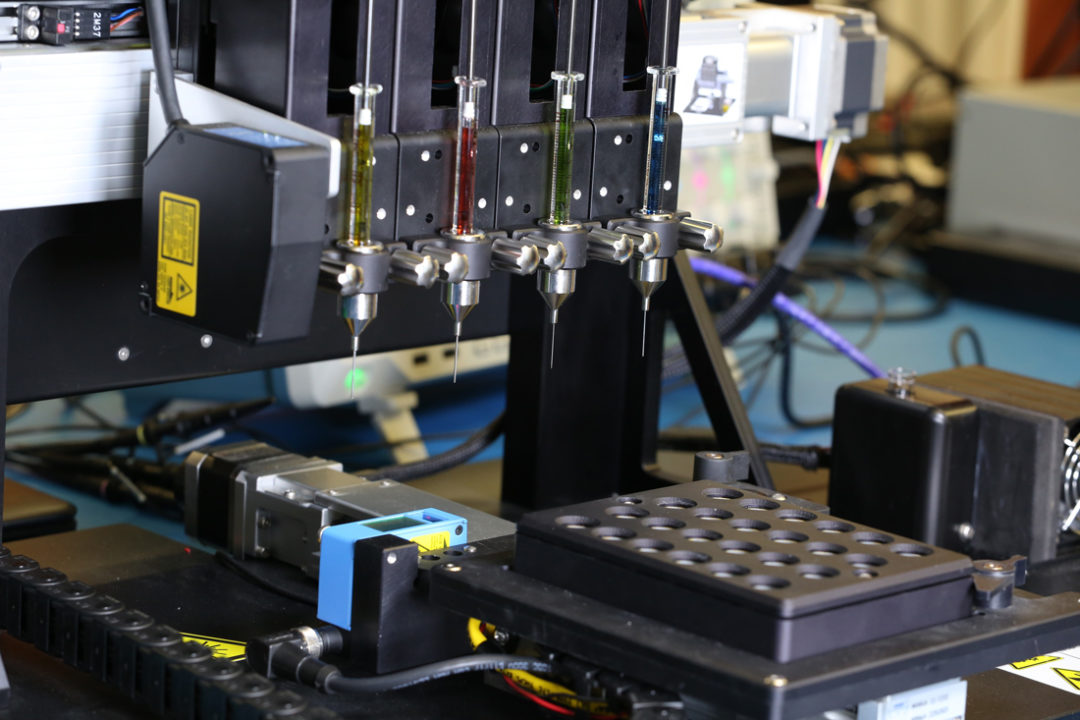
View attachment 74933
However, where there is pharmaceuticals, there is the synthesis of narcotic substances. Scientists suggest that the main competition of drug manufacturers in the future will unfold not for raw materials, but for software for the production of drugs through 3D printers. However, experts in the industry reject the idea of large-scale production of drugs in this way, as there will be control mechanisms for such 3D printers, but they do not exclude the existence of such models in artisanal conditions for the production of small batches. Therefore, perhaps in the future, many will be able to create drugs without leaving home. nine0007Click to expand...
where the hell did technology go
King
from space
- #7
Laborant123 wrote:
View attachment 74932
For several years now, the world community has been talking about the beginning of a technological singularity.
One of the synonyms of the new technological revolution has become 3D printers, devices that create three-dimensional objects from the real world, ranging from small details to, possibly in the future, the design of biological materials and parts of the human body.
Naturally, these technologies have not bypassed the pharmaceutical industry. Imagine your printer, only instead of ink, the active substances that make up drugs. In 2016, the American Food and Pharmaceutical Association officially registered a working model of a 3D printer that produces medicines. nine0007
The authors of the model say that in addition to this model, more advanced samples are in development. This practice has already become normal for developed countries, and in the US, and in the UK, and in Germany, and in Japan, 3d pharmaceuticals are actively developing. All this does not yet work on an industrial scale, but scientists suggest that this will allow the creation of drugs individually for each patient.

View attachment 74933
However, where there is pharmaceuticals, there is the synthesis of narcotic substances. Scientists suggest that the main competition of drug manufacturers in the future will unfold not for raw materials, but for software for the production of drugs through 3D printers. However, experts in the industry reject the idea of large-scale production of drugs in this way, as there will be control mechanisms for such 3D printers, but they do not exclude the existence of such models in artisanal conditions for the production of small batches. Therefore, perhaps in the future, many will be able to create drugs without leaving home. nine0007Click to expand...
I'm in a frenzy, to be honest, in a complete freak!
Maxibor
- #8
Dream)
nine0003 ZhenyaDzha
Peace & Jah
- #nine
You don't need a 3D printer to grow marivana
King
from space
- #10
ZhenyaJa wrote:
You don't need a 3D printer to grow Marivana
Click to expand.
..
Mivina will soon be made on a 3D printer)
King
from space
- #eleven
King wrote:
Mivina on a 3D printer will soon be made)
Click to expand...
Schaub to hang tightly on everyone's ears)
Laborant123
Member
- #12
volt wrote:
Have fun
So in 60 yearsSalt android
On lamp thermodehydrite cores)))Fuck oruuu)))
Click to expand.
..
Salt android on amalgam, self kshe-shit)
Laborant123
Member
- #13
Laborant123
Member
- #fourteen
I have no doubt that the development of 3D printers will not stop, and if prototypes of organs are printed on them for transplantation, then printing organic molecules is a trivial task. The question of availability and time.
The question of availability and time.
KFC_Support
KFC24.ORG Support
nine0008- #15
replicator will soon be printed and 3D printers will lose their value
ꪝᜧઽተ wrote:
CiberBlyat 2077
Getting fucked up
Click to expand...
Drugs from a 3D printer - Australian and Taiwan police, together with the FBI, detained unusual smugglers
There are many stories of people trying to smuggle computer equipment through border control, overcoming certain restrictions. However, some devices are great for hiding other items in them. In Australia, two men have been charged with trying to smuggle 30kg of methamphetamine into the country by hiding it inside 3D printers. The suspects, aged 33 and 36, are believed to be high-ranking members of an international crime syndicate. nine0007
However, some devices are great for hiding other items in them. In Australia, two men have been charged with trying to smuggle 30kg of methamphetamine into the country by hiding it inside 3D printers. The suspects, aged 33 and 36, are believed to be high-ranking members of an international crime syndicate. nine0007
Helping
AFP (Australian Federal Police) and the FBI conducted a special operation called Operation Ironside, during which every message sent through the An0m encrypted communications platform was intercepted for three years, starting in 2018. One of the reports indicated that one of the detainees coordinated more than 30 attempts to import methamphetamine into Australia in 2020.
AFP, working with the Australian Criminal Intelligence Commission (ACIC), uncovered a conspiracy to import about $30 million worth of 30kg of methamphetamine into Australia using 3D printers. nine0007
Agencies intercepted drugs in the US before they reached Australia. One of the two men was arrested by the Taiwan Criminal Investigation Bureau in New Taipei City in late July, and the other in Taoyuan City in October. Both were charged with category 2 drug trafficking and could face life sentences in Taiwan if found guilty.
Both were charged with category 2 drug trafficking and could face life sentences in Taiwan if found guilty.
Course
MANAGER FOR WORK WITH CLIENTS
Become a demanded trader and withdraw your offer. nine0007
REGISTER!
Photos from the Australian Federal Police show that the now discontinued Flashforge Creator 3 3D printer was chosen as a container by smugglers. The industrial 3D printer has a door and rather large dimensions of 627 x 485 x 615mm, which probably partly explains why it was chosen. The device weighs 52 kg, so 30 kg of methamphetamine was probably going to be distributed among several printers.
Although laptops are not as spacious as 3D printers, they are often used to hide illegal items such as a knife inside a Gigabyte laptop found by a TSA agent. nine0007
Most smuggling stories tend to involve people using unusual methods of attaching components to their bodies, including a recent story about a woman who tried to enter China with over 200 Intel processors and nine iPhones worth about $ 100 thousand, depicting pregnancy with the help of a false belly.


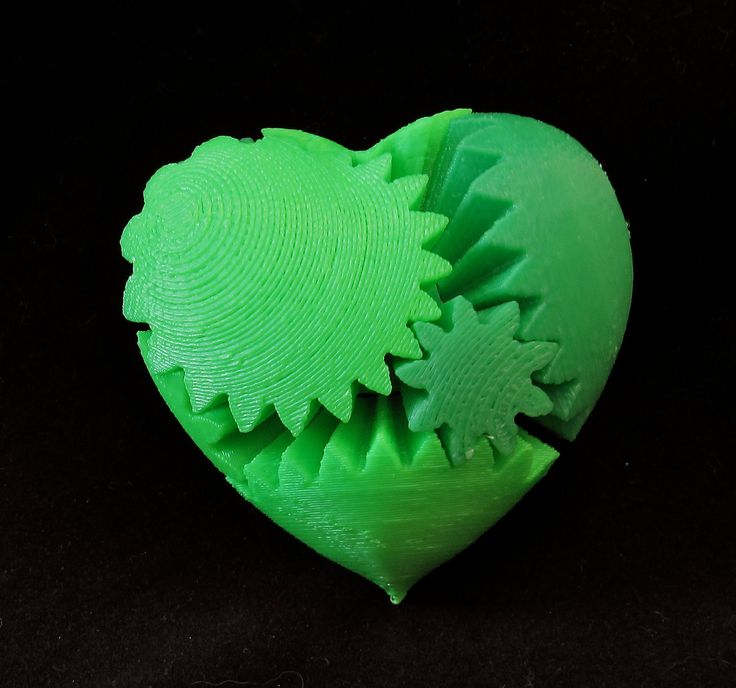

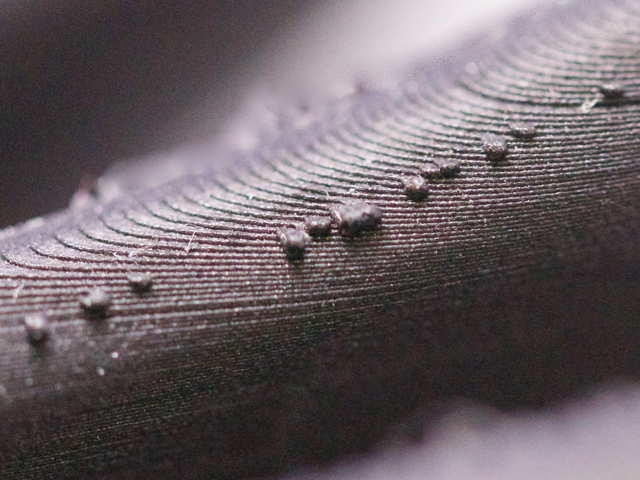
.jpg)
